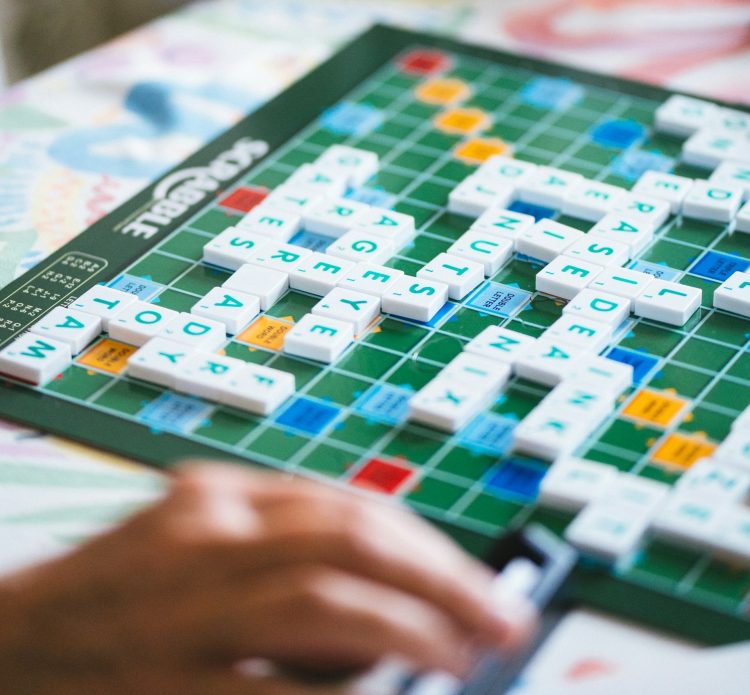‘Dreaming Camera’ is a quaint little coffee shop located in the breathtaking countryside of Yangpyeong County of South Korea. The spectacular café was built by a photography enthusiast, which is quite obvious, seeing as how the building is shaped like a gigantic vintage camera.
I’m not sure who the owners are, but here’s what I could gather from the website: it’s a mom-and-pop type café, run by a family of three. The husband is a former air-force helicopter pilot with a huge passion for photography. He lives in a beautiful bungalow just next to the café with his wife and adorable daughter. The camera-shaped coffee shop had been his dream for many years before he finally got the chance to make it a reality.
Café Dreaming Camera is designed like a Rolleiflex camera – it is two storeys high with panoramic, round windows. The first floor is decorated with miniature and toy cameras. A few real ones are displayed as well, on a shelf beside the large window. On the website, the owner’s wife writes that all the real cameras are her husband’s area of expertise; she just knows that ‘everything is working’. The second floor has a photo exhibition on display, in which patrons are encouraged to participate.












